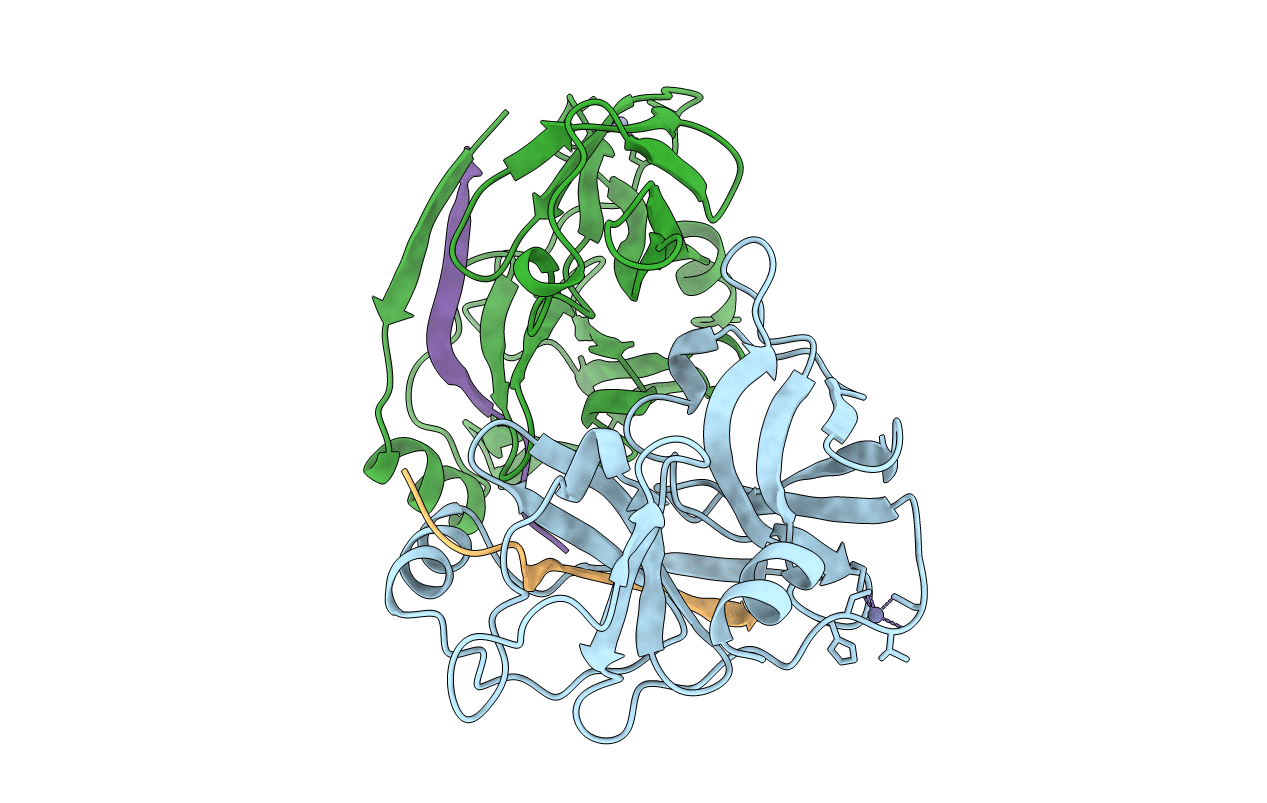
Deposition Date
1997-04-05
Release Date
1998-04-08
Last Version Date
2024-02-14
Method Details:
Experimental Method:
Resolution:
2.80 Å
R-Value Work:
0.20
R-Value Observed:
0.20
Space Group:
P 63 2 2


